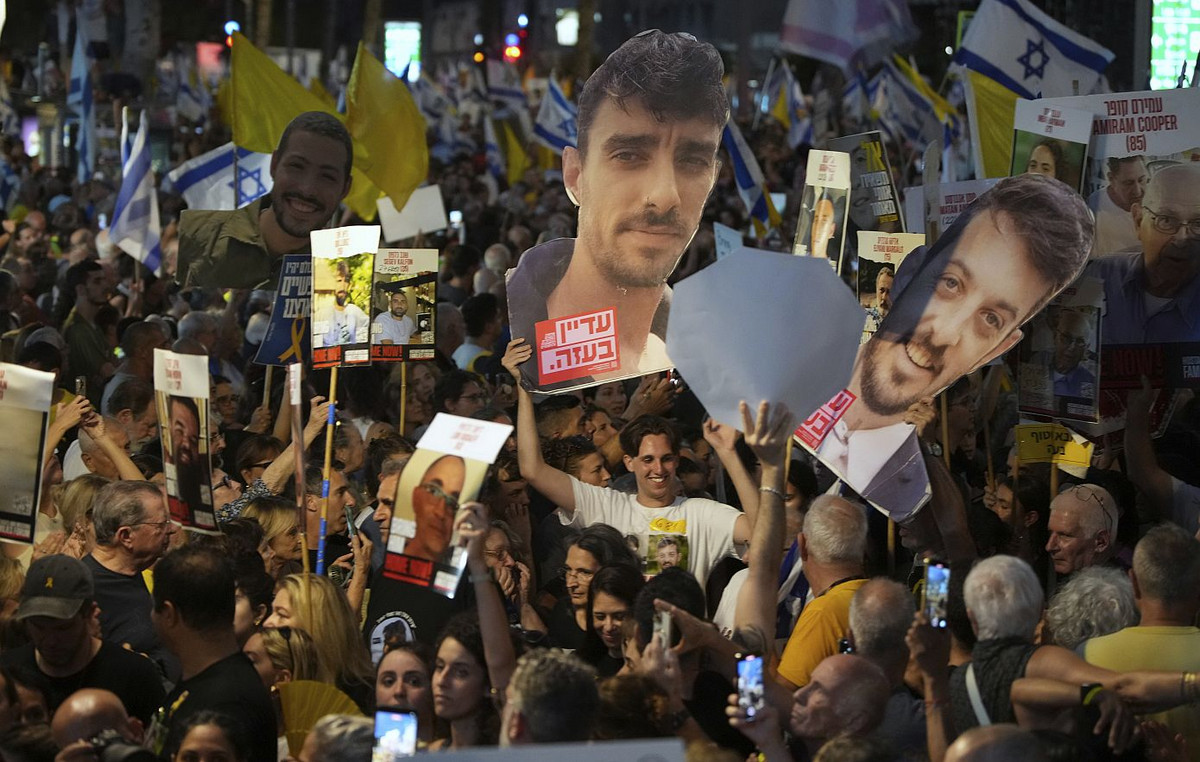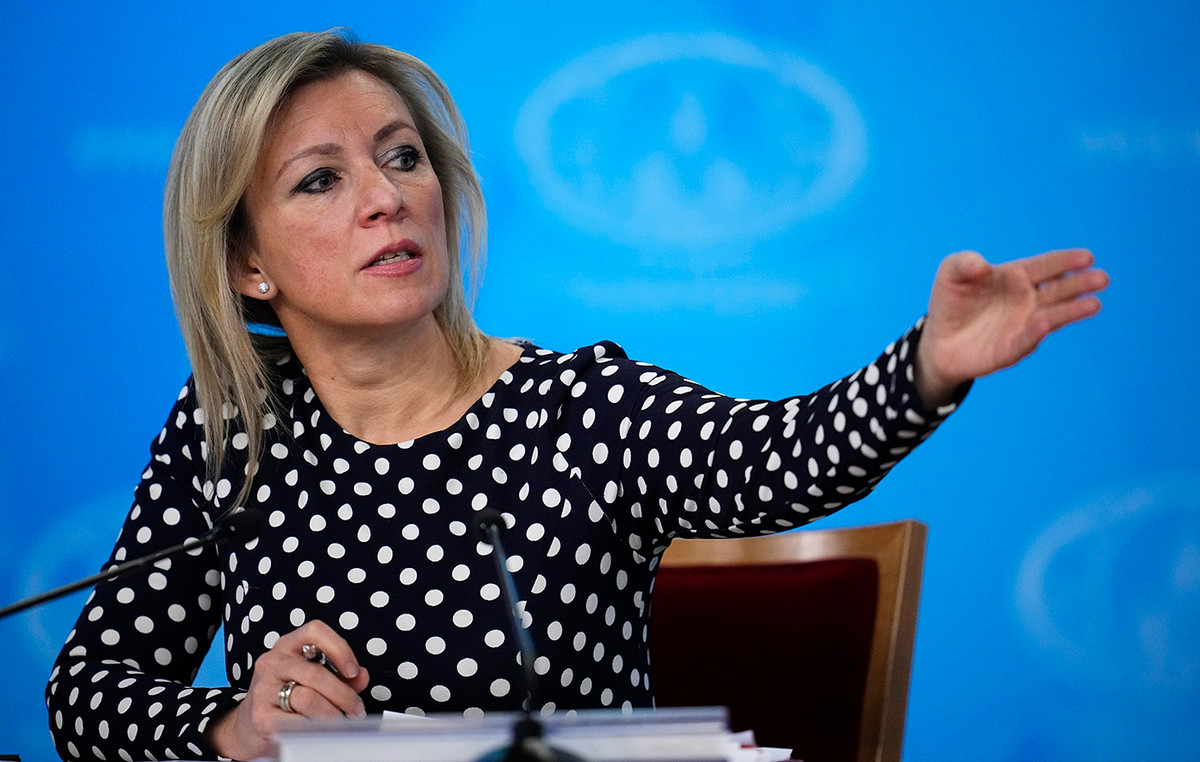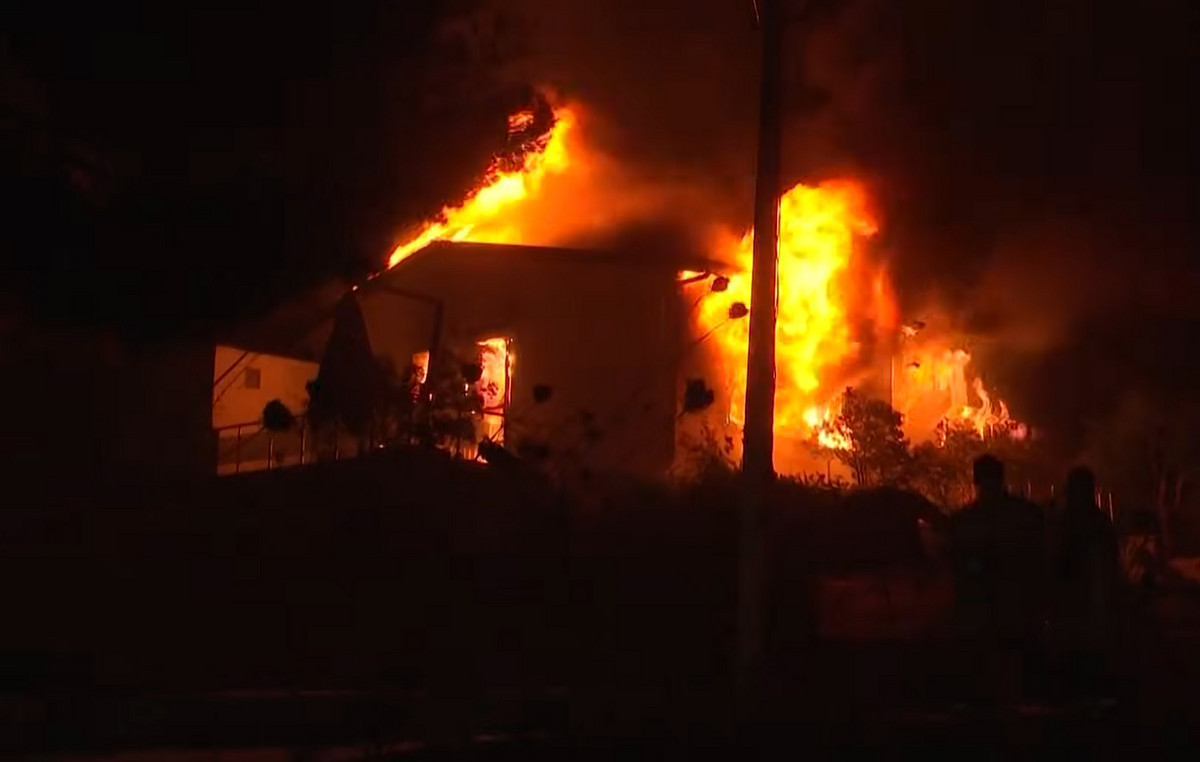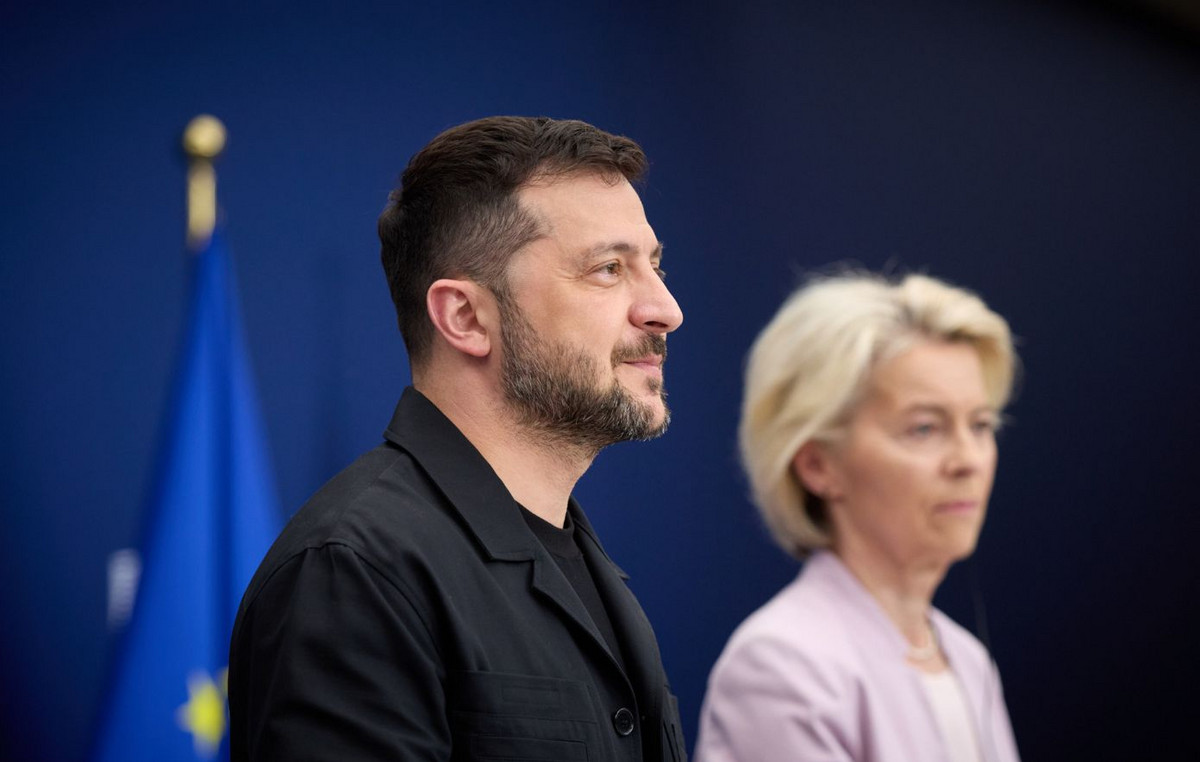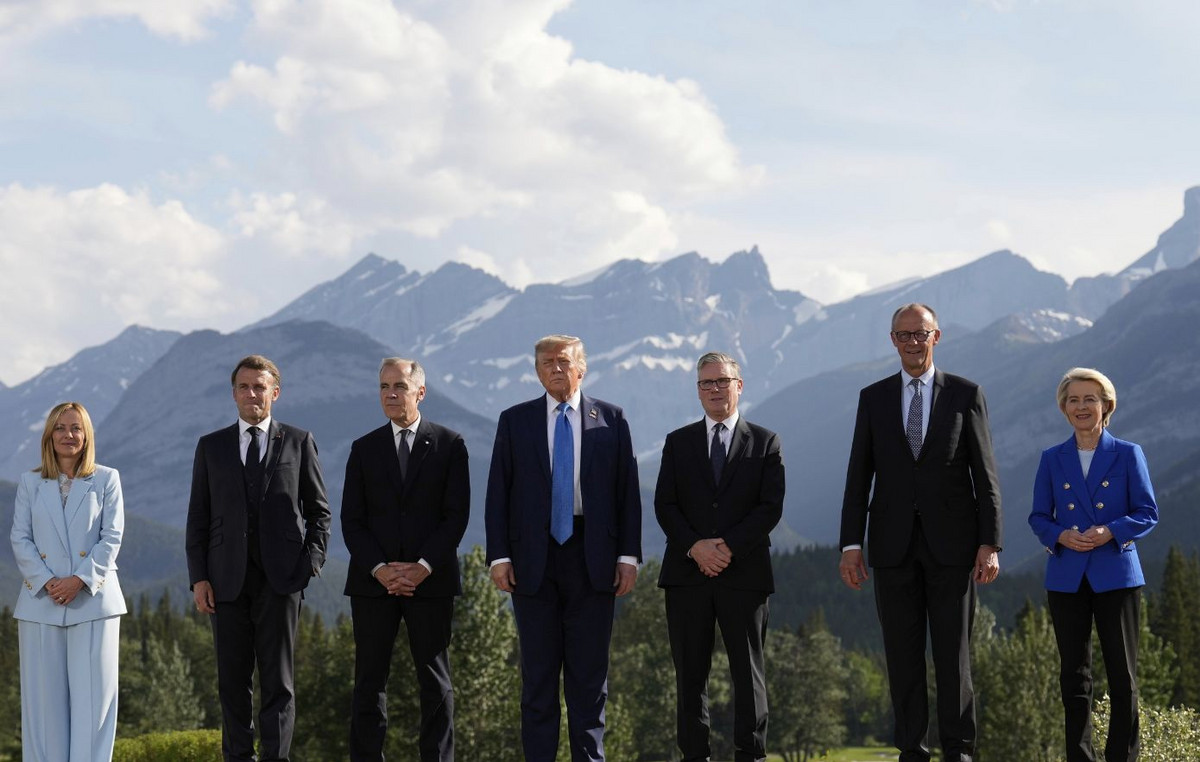With Russia’s war against Ukraine, the Ukrainian population is looking for opportunities to leave the country and find refuges around it, and Warsaw is one of the main destinations. About 100,000 Ukrainians have already entered Poland, and more than 30,000 people cross the border between countries every day.
The journalist from CNN Mathias Brotero followed the journey of refugees from Kiev to Warsaw.
By train, the transport took more than 22 hours, with a tense start, as the lights are turned off so that they do not draw Russia’s attention and become possible targets.
Upon arriving in the country, refugees receive donations, such as food and diapers. Volunteers donate water, food and clothing. They also receive a stamped passport, authorizing entry into Warsaw.
“I appeal to all countries to help Ukraine,” one interviewee tells the reporter. Another says that one day she would like to be able to return to the country.
The Polish government has made some places available for refugees to stay. In all, according to a United Nations (UN) publication on Twitter, the number of refugees in Ukraine is 368,000 “and it continues to rise”.
BREAKING: #Ukraine refugee numbers have just been refreshed – these are based on data made available by national authorities. The current total is now 368,000 and continues to rise.
— UNHCR News (@RefugeesMedia) February 27, 2022
It is worth noting that Ukrainian Martial Law says that men aged 18 to 60 must stay in the country due to the war situation.
Train
Brotero, spoke on Saturday (26) about the process of leaving Ukraine amid the war with Russia. “Train schedules were changing a lot. We arrived at the station and the train was already very full of people, and it still took us about two hours to get out, because the police were checking the documents of the men on the trains, not the foreigners, but the Ukrainians, to make sure that there wouldn’t be any Ukrainians who could be on the front lines.”
According to him, “before the train left, it was very crowded, the aisles were crowded. Me and some other journalists stayed in the corridor, we didn’t have a cabin, it was 24 hours by train to Warsaw, Poland, and even before leaving the children were crying, it was a very tense situation, and as soon as we left a Ukrainian girl told us stop staying on your cell phone because the lights could draw attention [dos russos]”.
“Arriving in Poland was very interesting, because as soon as the train stopped, everyone had to leave only with documents, and in general, this approach is never very informal, but when we got off there were lots of bags with food, diapers, water, it was fine. exciting,” he says.
understand the conflict
After months of military escalation and intemperance on the Ukrainian border, Russia attacked the Eastern European country. At dawn on Thursday (24), Russian forces began bombing various regions of the country.
Hours earlier, Russian President Vladimir Putin authorized a “special military operation” in the Donbas region (eastern Ukraine, where the breakaway regions of Luhansk and Donetsk are located, which he recognized as independent).
What was seen in the following hours, however, was an attack on almost the entire Ukrainian territory, with explosions in several cities, including the capital Kiev.
At least 64 civilians have been killed since Russia invaded Ukraine, the UN said on Sunday.
The agency’s Office for the Coordination of Humanitarian Affairs reported “at least 240 civilian casualties, including at least 64 people killed” in the fighting that has erupted since Moscow launched the attack on Ukraine.
This attack on the former Soviet neighbor threatens to destabilize Europe and involve the United States. Russia has been tightening its military grip around Ukraine for the past year, amassing tens of thousands of troops, equipment and artillery at the country’s gates.
In recent weeks, diplomatic efforts to defuse tensions have been unsuccessful.
Source: CNN Brasil
I’m James Harper, a highly experienced and accomplished news writer for World Stock Market. I have been writing in the Politics section of the website for over five years, providing readers with up-to-date and insightful information about current events in politics. My work is widely read and respected by many industry professionals as well as laymen.

